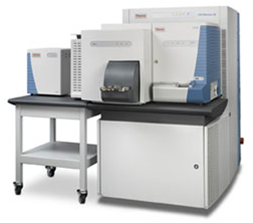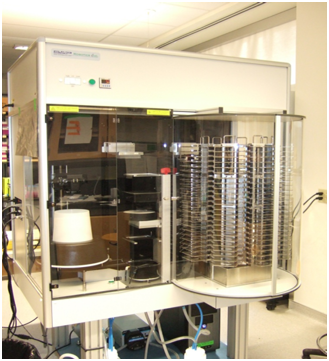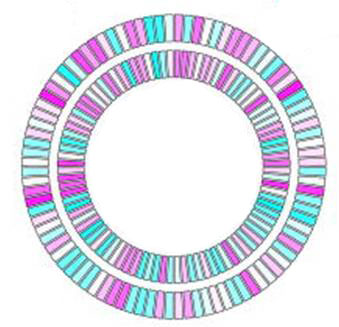About Our Projects
Because phenotypes are determined by a complex series of physical and functional interactions, our research is focused on defining and characterizing the physical and functional interaction network maps of prokaryotes and eukaryotes to understand how cellular machineries from various biological processes are functionally coordinated, organized, and regulated into complexes and pathways.
Proteomics

In collaboration with Andrew Emili and Jack Greenblatt laboratories at the University of Boston and Toronto, we have extensively mapped physical interactions with high confidence via large-scale isolation and characterization of endogenous soluble and membrane protein complexes under near-physiological conditions using affinity-purification of chromosomally-tagged proteins in combination with mass spectrometry (APMS) in organisms such as the yeast Saccharomyces cerevisiae and eubacterium Escherichia coli. Currently, Babu’s laboratory is engaged in leveraging this approach to other models, including neuron-like cell lines and induced pluripotent stem cells, to address the critical question of how bioprocesses are integrated with one another in cellular pathways and complexes, with special focus on unique cellular compartments such as the mitochondria. Complementary techniques such as co-fractionation both support and expand these techniques to healthy and diseased neuronal tissues with the goal of understanding how networks change during neurodegeneration.
Genetics

Proteomics approaches can identify physical interactions between proteins, but they do not necessarily reveal pathway-level relationships. Genetic screens, where the growth of a double mutant is compared to the fitness of the corresponding single mutants, can elucidate the functional relationships between genes. Inspired by successes in other model organisms, in collaboration with Emili and Greenblatt groups, we recently developed a high-throughput genetic screening approach for prokaryotes, termed eSGA (E. coli Synthetic Genetic Arrays). We used this eSGA approach to generate a high-density functional association map for genes involved in cell envelope maintenance or assembly. We are currently focusing on generating large-scale genetic interaction maps for essential biological processes using hypomorphic alleles, combining genetics and drug screening data to elucidate novel drug targets, and developing an advanced analogous genetic interaction technology for other prokaryotes and eukaryotes, including CRISPR-based methodologies for pathway analysis in human neuron models for gene variants associated with neurodegenerative diseases.
Comparative Genomics

Finally, in collaboration with researchers in Toronto, we are focusing on establishing computational frameworks and machine learning algorithms for processing, integrating, and interpreting large-scale interaction datasets with the aim of understanding the cell physiology. As well, we are investigating the evolutionary trajectory of biological pathways and complexes using comparative genomic methods to identify a spectrum of behaviors, including complexes that are of highly modular for drug target discovery.
